Under a high emissions scenario that increases global temperature 4ºC by 2100, climate change could increase global burned area 50-70%. At the same time, rising temperatures are likely to cause poleward shifts and overall expansion in the distribution of mosquitoes Aedes aegypti and Ae. albopictus, the principal vectors of dengue, yellow fever, chikungunya and zika.
How will climate change impact the world’s regions?
Europe
In Mediterranean Europe, climate change of 3ºC could double or triple burned area, while keeping the temperature increase to 1.5ºC could limit burned area increase to 40‒50% Under RCP8.5, the frequency of heat-induced fire weather could increase 30%. Severe fire followed by drought could cause biome shifts of forest to non-forest and tree mortality >50%.
North America
In Arctic tundra, boreal forests, northern peatlands, including permafrost areas, climate change under scenarios of 4ºC temperature increase could triple burned area in Canada, increase lightning-driven burned area 30 to 250%, push half of the area of tundra and boreal forest in Alaska above the burning threshold temperature, and double burned area in Alaska. Thawing of Arctic permafrost from a projected temperature of 4ºC and resulting wildfire could release 11-200 Gt carbon that could substantially exacerbate climate change.
In the United States, climate change under RCP8.5 could increase burned area 60-80% by 2049 and the number of fires with an area >50 km2 by 300‒400% by 2070.
Carbon dioxide fertilisation and increased temperature under climate change could increase invasive grasses and wildfire in desert ecosystems of the Southwestern United States, where wildfire has historically been absent or infrequent, and increase mortality of the sparse tree cover.
Climate change has contributed to the spread of the Lyme disease vector Ixodes scapularis, and a corresponding increase in cases of Lyme disease in North America.
Asia
With Himalayan glaciers melting, water can pool behind rocky ridges to form lakes. When those rocks give way, water rushes down, putting downstream mountain communities at risk of sudden flooding.
Mosquitoes that can carry diseases including dengue fever and malaria will spread to new parts of subtropical Asia, encouraged by warmer temperatures and heavy rains.
Africa
Living on the world's hottest continent, Africans are at an especially high risk of suffering from heat stress. If global warming goes past 1.5 degrees Celsius above pre-industrial levels, at least 15 additional people per 100,000 would die every year from extreme heat.
Africa's population will likely grow faster than any other during the 21st century, and many will be living in coastal cities. By 2060, more than 200 million people in Africa will be vulnerable to sea level rise.
Central and South America
In the Amazon, climate change under RCP8.5, combined with high deforestation, could double the area of high fire probabilit), double burned area by 2050 increase burned area 400‒2800% by 2100, and increase fire intensity 90% . Lower greenhouse gas emissions (RCP4.5) and reduced deforestation could reduce fire risk to a one-fifth increase in the area of high fire probability and a 100‒500% increase in burned area by 2 2100.
Also, climate change may have facilitated the emergence of CHIKV (the chikungunya virus) as a significant public health challenge in some Latin American and Caribbean countries.
Australasia
In Australia, climate change under RCP8.5 increases risks of pyroconvective fire by 20 to 40 days in rangelands of Western Australia, South Australia, and the Northern Territory.
Warming will continue through the 21st century with more hot days, fewer cold days, less snow, less rainfall in southern Australia and the northeast of both of New Zealand’s islands, more rainfall in western New Zealand, more extreme rainfall, sea-level rise, increased fire weather in southern Australia and across New Zealand, and fewer cyclones but a greater proportion of intense cyclones.
Key risks include changes in the structure and composition of Australian coral reefs, loss of montane ecosystems, increased flood damage, reduced water resources in southern Australia, more deaths and infrastructure damage during heatwaves, more fire-related impacts on ecosystems and settlements in southern Australia and across New Zealand, greater risk to coastal infrastructure and ecosystems, and reduced water availability in the Murray-Darling Basin and southern Australia.
You can read the entire report on climate change for 2022 here.
 Oana Coșman
Oana Coșman


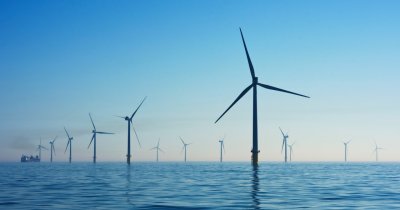
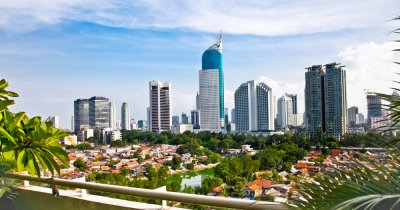

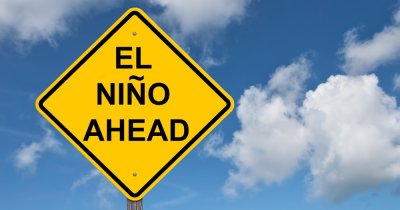


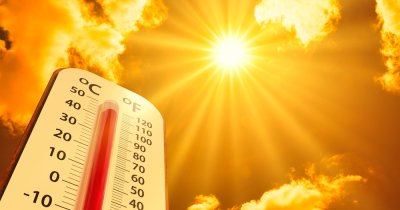
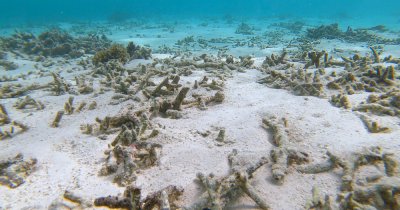
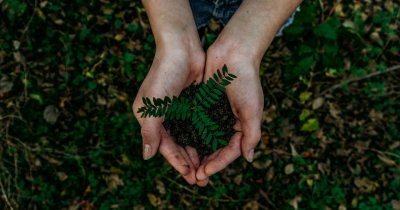

Any thoughts?